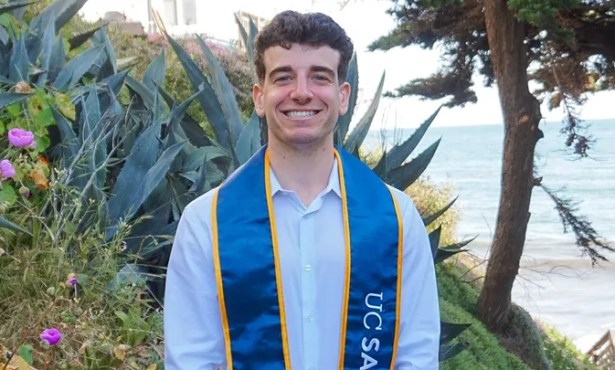Fire Chiefs Seeing Red
Santa Barbara County Fire Chief Michael Dyer and Montecito Fire’s Chief Kevin Wallace are leading the charge against a new emergency regulation that will require owners of about 20,000 structures located in the county’s rural back country to pay $150 each in new fire-prevention fees. Wallace, the head of a statewide association of fire chiefs, charged there was no guarantee that the money generated by the fees would be used to fund fire agencies instead of merely go to plugging the massive hole in the state’s general fund. Governor Jerry Brown pushed for the new fee, arguing that the fire-suppression efforts undertaken by Cal Fire in California’s rural back country were designed only to protect the state’s watersheds, not to provide fire-prevention services that benefit homeowners. Currently, the Department of Forestry and Fire Services estimates there are 800,000 structures located in what’s called the “State Responsibility Area,” or SRA. By charging the owners $150 per structure, Brown is hoping to help address some of the $1-billion budget shortfall now afflicting Cal Fire.
In Santa Barbara County, there are roughly 20,000 properties in the SRA, which in the South Coast runs north of Highway 192 to Forest Service land. (Excluded from this are any properties located within the urban limit lines of any city.) Complicating the picture, Santa Barbara County is currently paid $6 million a year to provide watershed services by the state. Dyer said that amount does not cover costs and expressed concern that amount could shrink. Likewise, both Dyer and Wallace suggested that the new fee could turn voters off if and when any local firefighting agencies proposed a parcel tax to maintain revenues.
There is some question whether the proposed regulation will survive the legal challenge threatened by statewide anti-tax crusaders. They contend the new fee is in reality a new tax, and as such, must be approved by voters. The measure has proved sufficiently controversial: When it first went to the nine-member statewide Board of Forestry, it failed to get the votes needed for approval. When Governor Brown then replaced four members, he got the vote he wanted. Although last year proved uncommonly uneventful in terms of statewide fires, this winter has been the driest on record since 1923. Making matters worse, there will be 1,500 fewer inmate firefighters on hand to help out in case some big ones break out. That’s because many of the state prisoners who’ve traditionally helped out with forest fires are now being sent back to their counties of origin as part of a major realignment of responsibilities and costs between the state and California’s 52 counties.



